With the philosophy of seasonal eating – a typical cultural feature of East Asians – autumn is the time when the taste buds are awakened. Ingredients such as pumpkin, mushrooms, mackerel, taro… are skillfully prepared to warm the body, balance energy and preserve inner peace. Let’s join Vietravel to explore the East Asian autumn culinary experience through each country to see that the season of falling leaves is not only for viewing, but also for “eating” with all your heart.
Japanese Autumn Food – Frugal, Refined and the Art of Living with the Seasons
Grilled salted mackerel - A typical autumn dish in Japan. (Photo: Collected)
The taste of Japanese autumn lies not in sophistication, but in the spirit of harmony with nature, which is clearly reflected in each autumn dish. The Japanese call it “shun” – a culture of eating according to the time when food is at its most delicious and purest. Therefore, Japanese autumn cuisine is not only delicious but also very… timely.
- Salt-grilled sanma (sauerkraut) is a “national” autumn dish in Japan. This fish only appears around September–November, when the meat is fatty, rich and flavorful. Sanma is usually grilled whole, served with grated radish and a little soy sauce, simple but full of “seasonal” flavor.
- Pumpkin rice (kabocha gohan), wild mushroom miso soup, and grilled dishes made from chestnuts and sweet potatoes are favorite choices in the cold weather. The ingredients are lightly cooked, retaining their natural sweetness and balanced nutrition, true to the spirit of healthy cuisine.
- Autumn mochi is often shaped like red leaves, wrapped in maple or shiso leaves. This is a snack full of aesthetics and Japanese autumn expression.
And of course, the tea ceremony is a must, where people enjoy tea not just for drinking but to slow down and feel the weather and emotions as one. In autumn, tea is served warm, accompanied by red and gold leaf-shaped wagashi, creating a poetic and tranquil East Asian autumn culinary experience.
Suggested destinations:
Kyoto is a paradise to fully experience the 2025 East Asian autumn cuisine in Japanese style. Visit markets like Nishiki or Arashiyama, you will see long rows of ingredients that only appear for a few weeks of the year - true to the spirit of "eating according to the season" that the Japanese have preserved for generations.
Korean Autumn Food – Spicy and Warm with Every Hot Dish
Korean autumn cuisine with spicy kimchi soup. (Photo: Collected)
Korean autumn cuisine is the perfect combination of strong spices, warm cooking methods and family bonding. In the chilly weather, there is nothing better than gathering around a pot of steaming hot soup, or enjoying flavorful street food right on the sidewalks of Seoul.
- Kimchi soup (Kimchi Jjigae) is a typical autumn dish in Korea. Made from cooked kimchi, pork, tofu and green onions, this soup not only warms the body but also helps digestion on cold days. Along with that is Galbitang (beef rib soup), a traditional protein-rich soup, often cooked during autumn holidays.
- Japchae (stir-fried glass noodles), Pajeon (fried onion pancakes), or Bulgogi (grilled marinated beef) are also typical autumn dishes. They often appear on the Chuseok (Korean Thanksgiving) tray, which is held on the 15th day of the 8th lunar month.
In particular, autumn is also an ideal time to enjoy street food: Hotteok (honey cake), skewered fish cakes, grilled sweet potatoes... are all cheap, delicious dishes with a distinct cold-season flavor.
Suggested destinations:
If you want to experience the 2025 East Asian autumn cuisine in Korean style, Seoul and Jeonju are ideal choices. Jeonju is the cradle of traditional cuisine, where you can learn to cook Chuseok dishes with locals or participate in special autumn markets.
Taiwanese Autumn Food – Creative, Warm and Festive
Taiwanese mooncakes with diverse and creative fillings. (Photo: Collected)
Unlike the light-hearted Japanese or the bold flavors of Korea, Taiwanese autumn cuisine offers a lively, intimate, and varied experience. Each dish reflects a free-spirited blend of traditional Chinese culture and the dynamic pace of modern life.
- When it comes to autumn in Taiwan, mooncakes are a must-have. They are not just a gift, but also a cultural symbol that is deeply ingrained in our memories. Unlike traditional Chinese mooncakes, Taiwanese mooncakes often have crispy crusts and creative fillings such as salted egg taro, durian, or melted cheese eggs.
- A unique feature of the 8th lunar month is that Taiwanese people have the habit of having BBQs outdoors instead of eating inside like other countries. Each street is lit up with firelight, the aroma of grilled meat is fragrant, evoking a feeling of intimacy and warmth of the festival.
- In addition, hot autumn milk tea and hot sweet tapioca pearl soup, sweet potato pudding, and beef noodle soup are also popular choices when the weather starts to get chilly. These dishes are widely sold at night markets and are an indispensable “specialty” when mentioning the East Asian autumn culinary experience in Taiwan.
Suggested destinations:
Taipei is a great place to explore all levels of autumn cuisine – from street carts to traditional, long-standing restaurants. If you want to combine food and nature, try Jiufen, an old mountain town filled with the scent of tea and autumn cakes.
Chinese Autumn Food – Traditional, profound and unique regional flavors
Peking duck - An indispensable dish during autumn days in China. (Photo: Collected)
With a thousand-year history and Eastern medicine philosophy deeply rooted in life, Chinese autumn cuisine is not only for enjoyment, but also to balance the blood, nourish the body and follow the weather. Each region will have its own way of eating, but all share the spirit of living in harmony with nature.
- The most special is chrysanthemum wine, a traditional wine used by Chinese people during the Double Ninth Festival (9th day of the 9th lunar month). With its mild aroma and body-purifying properties, chrysanthemum wine not only appears on the tray, but is also an indispensable part of the East Asian autumn culinary experience in China.
- On the autumn dinner tray, you will easily find dishes such as: chicken soup stewed with cordyceps mushrooms, goat hotpot with Chinese herbs, Peking duck served with rice paper or Chongjiu cakes made from steamed rice flour with jujubes. Each dish is prepared according to the principle of the five elements - yin and yang harmony, warming the stomach and increasing resistance.
- For those who love regional flavors, Sichuan, Cantonese or Shanghai cuisine in autumn all have their own mark: from spicy Sichuan hotpot, Cantonese seafood porridge, to light stews in Shanghai.
Suggested destinations:
- Beijing: the best place to enjoy traditional dishes associated with the Double Ninth Festival, such as chrysanthemum wine, cold-weather roast duck, and health soups.
- Chengdu: a "paradise" of spicy dishes suitable for warming the body in deep autumn days.
- Hangzhou, Suzhou: ideal for those who want to combine cuisine and enjoy autumn by the lake and hills.
Tips to fully enjoy East Asian autumn cuisine 2025
Enjoy the full East Asian autumn cuisine with tips on seasonal planning, festival participation and exploring local food streets. (Photo: Collected)
- Plan seasonally: To fully enjoy the 2025 East Asian autumn cuisine, you should carefully research the “shun” time of each typical dish in each country, for example, Japanese saury is around September to November, or the Korean Chuseok festival takes place in the 9th lunar month.
- Participate in local food festivals: This is a great opportunity to try a variety of typical dishes, and understand regional culinary culture through direct experience.
- Explore night markets and food streets: Most East Asian cities have famous night markets with rich autumn food, from Taiwanese mooncakes to Korean kimchi soup.
- Take advantage of local advice: If possible, ask locals or food connoisseurs for advice on choosing the best seasonal produce.
- Don't forget to enjoy tea and hot drinks: Japanese tea ceremony, Chinese chrysanthemum wine or Taiwanese hot milk tea not only warms the body but also helps balance the taste buds.
Autumn in East Asia is not only a season of changing natural landscapes, but also a season of emotional and meaningful culinary experiences. Each dish is a cultural story, an art of living with the seasons.
Plan your 2025 East Asia autumn trip not only to see the red leaves but also to enjoy East Asian autumn cuisine, a journey that nourishes the soul and taste buds in the most unique and profound way.
Source: https://www.vietravel.com/vn/am-thuc-kham-pha/am-thuc-mua-thu-dong-a-2025-han-nhat-dai-trung-v17857.aspx



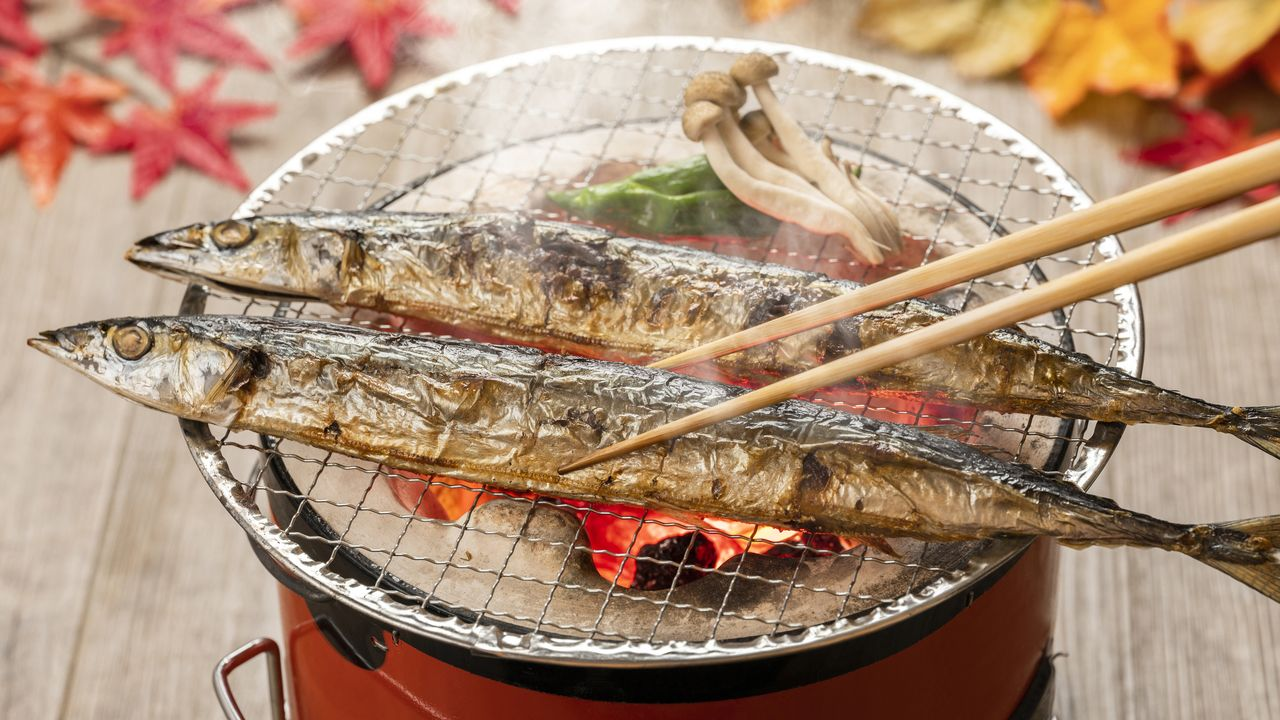

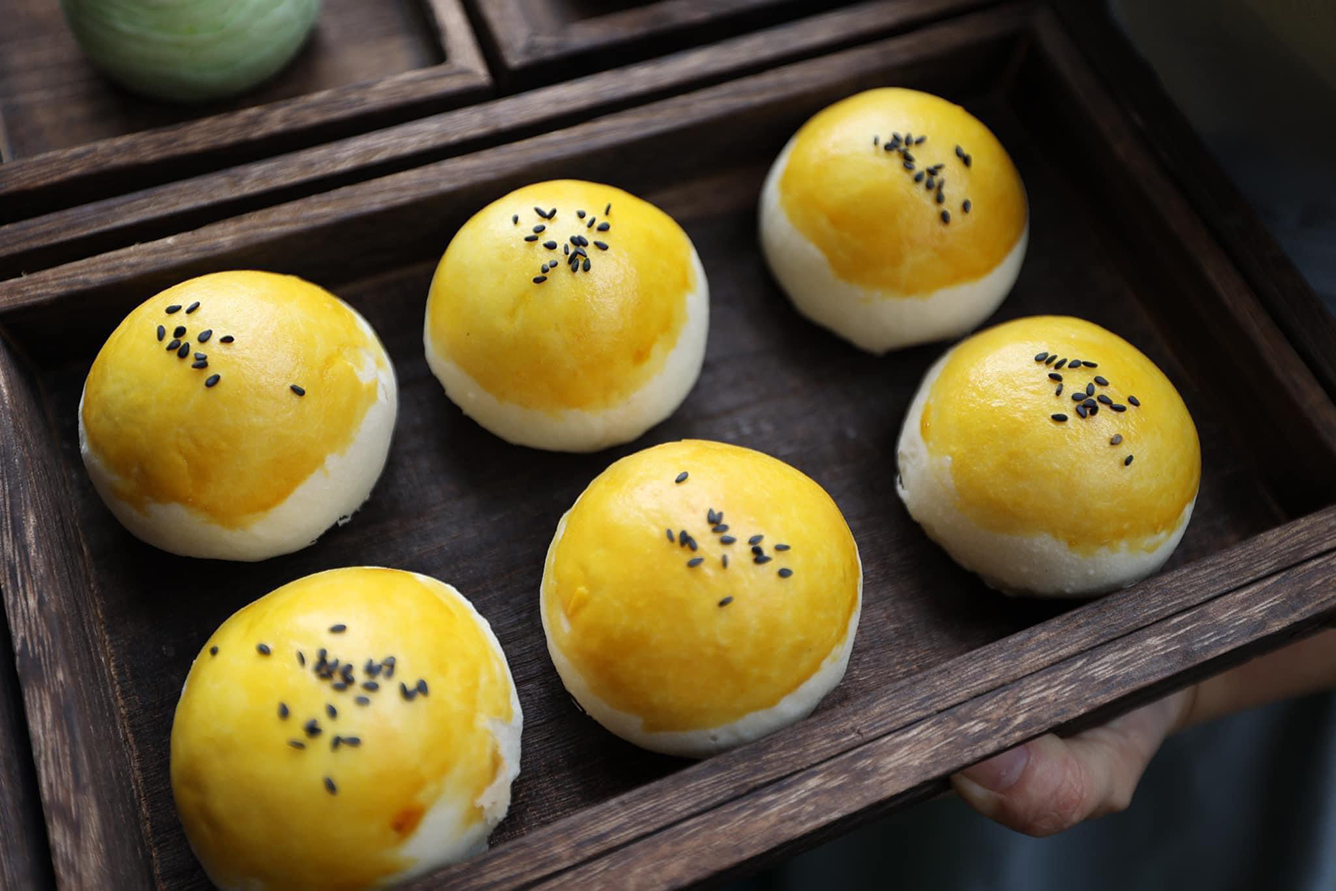
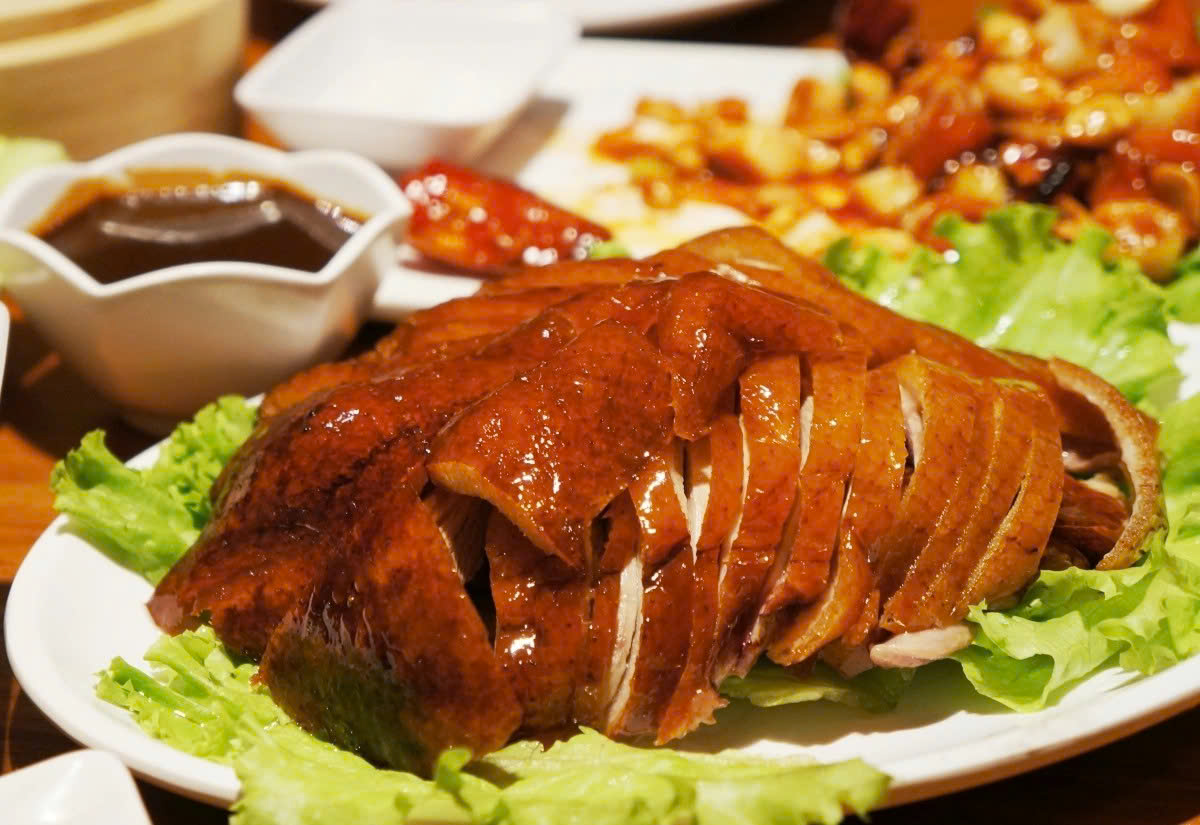

![[Photo] National Assembly Chairman Tran Thanh Man holds talks with New Zealand Parliament Chairman](https://vphoto.vietnam.vn/thumb/1200x675/vietnam/resource/IMAGE/2025/8/28/c90fcbe09a1d4a028b7623ae366b741d)
![[Photo] Politburo works with the Standing Committee of Cao Bang Provincial Party Committee and Hue City Party Committee](https://vphoto.vietnam.vn/thumb/1200x675/vietnam/resource/IMAGE/2025/8/28/fee8a847b1ff45188749eb0299c512b2)
![[Photo] Red flag with yellow star flutters in France on National Day September 2](https://vphoto.vietnam.vn/thumb/1200x675/vietnam/resource/IMAGE/2025/8/28/f6fc12215220488bb859230b86b9cc12)
![[Photo] General Secretary To Lam attends the opening ceremony of the National Achievements Exhibition](https://vphoto.vietnam.vn/thumb/1200x675/vietnam/resource/IMAGE/2025/8/28/d371751d37634474bb3d91c6f701be7f)
![[Photo] General Secretary To Lam presents the 45-year Party membership badge to comrade Phan Dinh Trac](https://vphoto.vietnam.vn/thumb/1200x675/vietnam/resource/IMAGE/2025/8/28/e2f08c400e504e38ac694bc6142ac331)




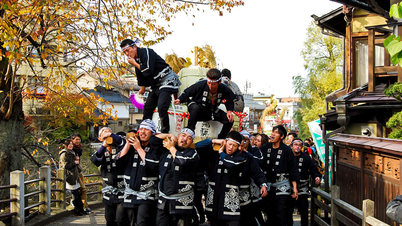
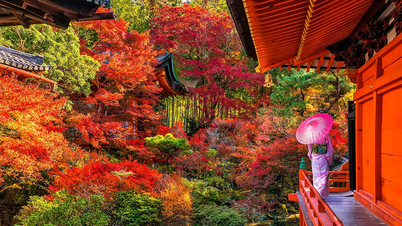










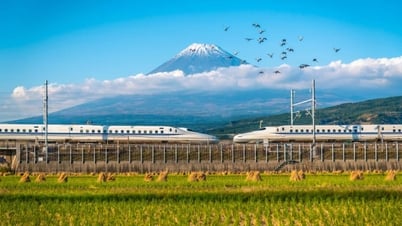




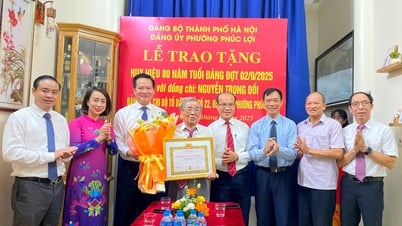
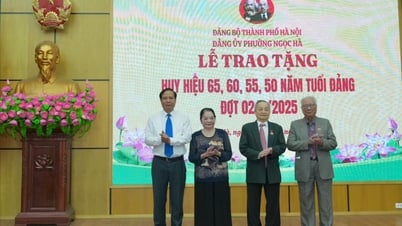








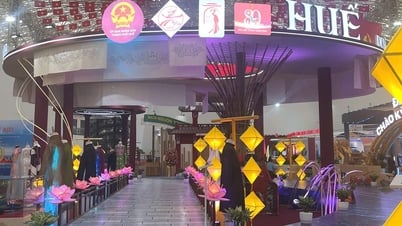

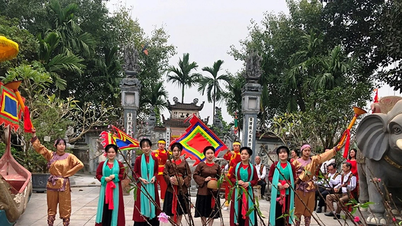





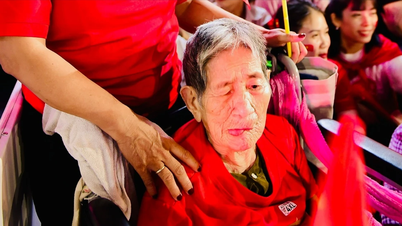



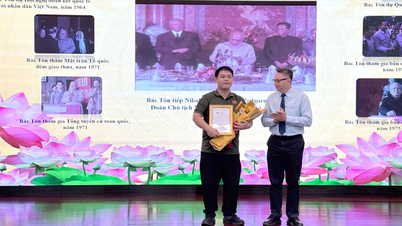








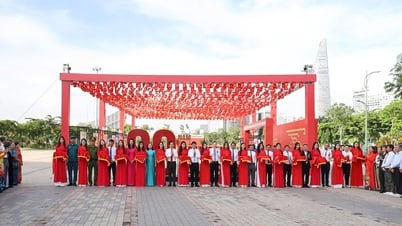
















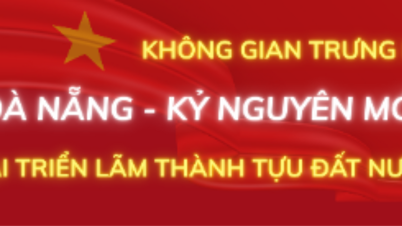









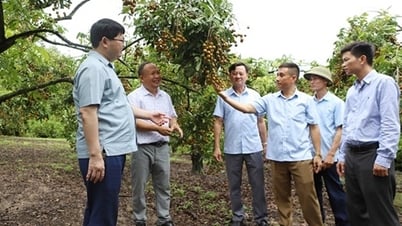


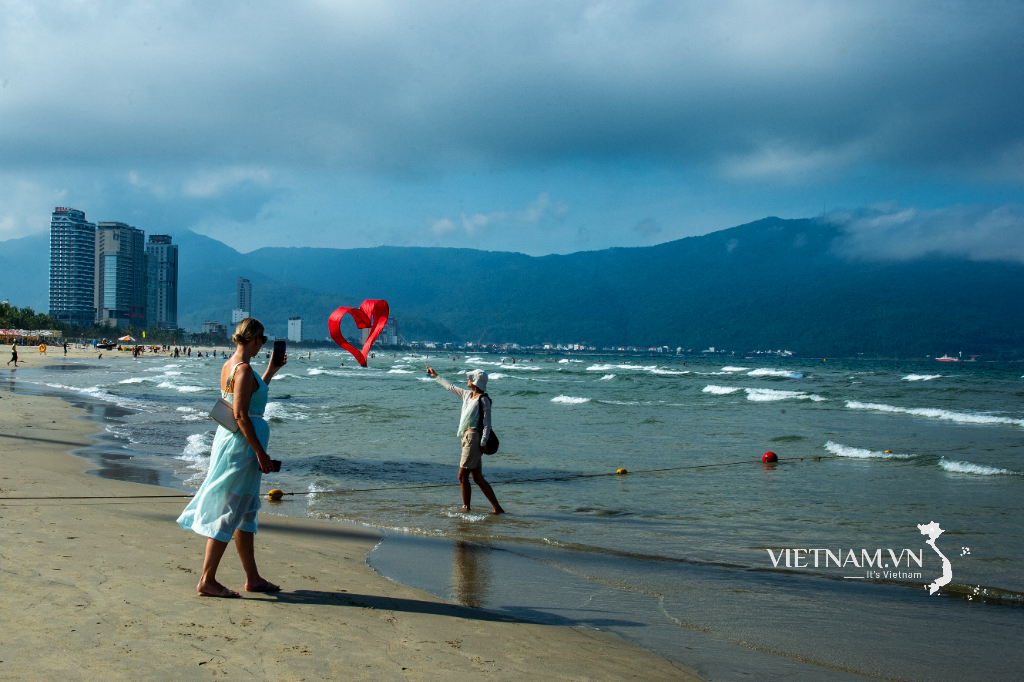



Comment (0)